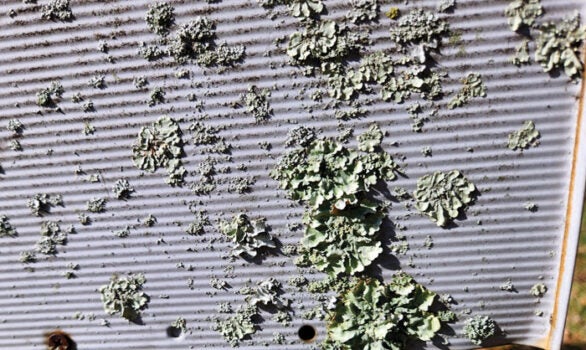Darrell Blackwelder: Lichen can be found on a variety of surfaces
Published 12:00 am Saturday, February 3, 2024
I spoke to a homeowner recently who asked if a gray moss-like growth on limbs and twigs on their trees and shrubs was the primary reason for their decline.
Trees and shrubs, however frequently have this sporadic, mossy growth on limbs and branches. This unwanted growth is lichen. Lichens are living organisms composed of a blend of different types of fungi and algae. Lichens are a very common occurrence in landscape plantings. The unusual growth is a type of hardy algae that survives superficially on the plant’s bark and is not a parasitic type plant feeding on the plant’s vascular system. It can be found on both healthy and declining plants.
Different species of lichens can also be found on non-living surfaces such as rock, tree stumps, and even brick and metal. The spread of lichens is not the primary cause for the decline in growth or death of shrubs and trees. However, lichen development on trees or shrubs is an indicator of poor growth, environmental stress and decline of plants. If practical, the lichen affected limbs or twigs can be pruned out to stimulate new growth. Insuring plant health and vigorous growth is the best way to control lichens. Poorly growing and declining plants often succumb to lichen growth as they decline. Unfortunately, pruning out lichens will not save a declining tree or shrub. More detailed information on lichens can be found at https://extensiongardener.ces.ncsu.edu/2021/03/faq-lichens/ .
Darrell Blackwelder is the retired horticulture agent and director with the North Carolina Cooperative Extension Service in Rowan County. Contact him at deblackw@ncsu.edu.




